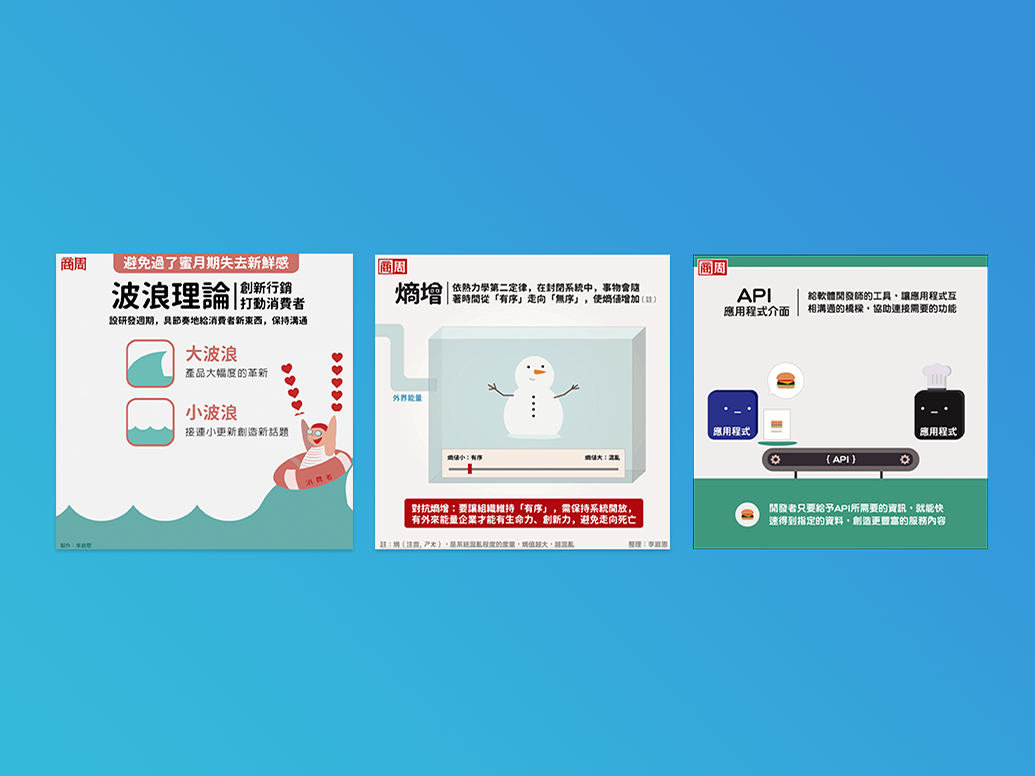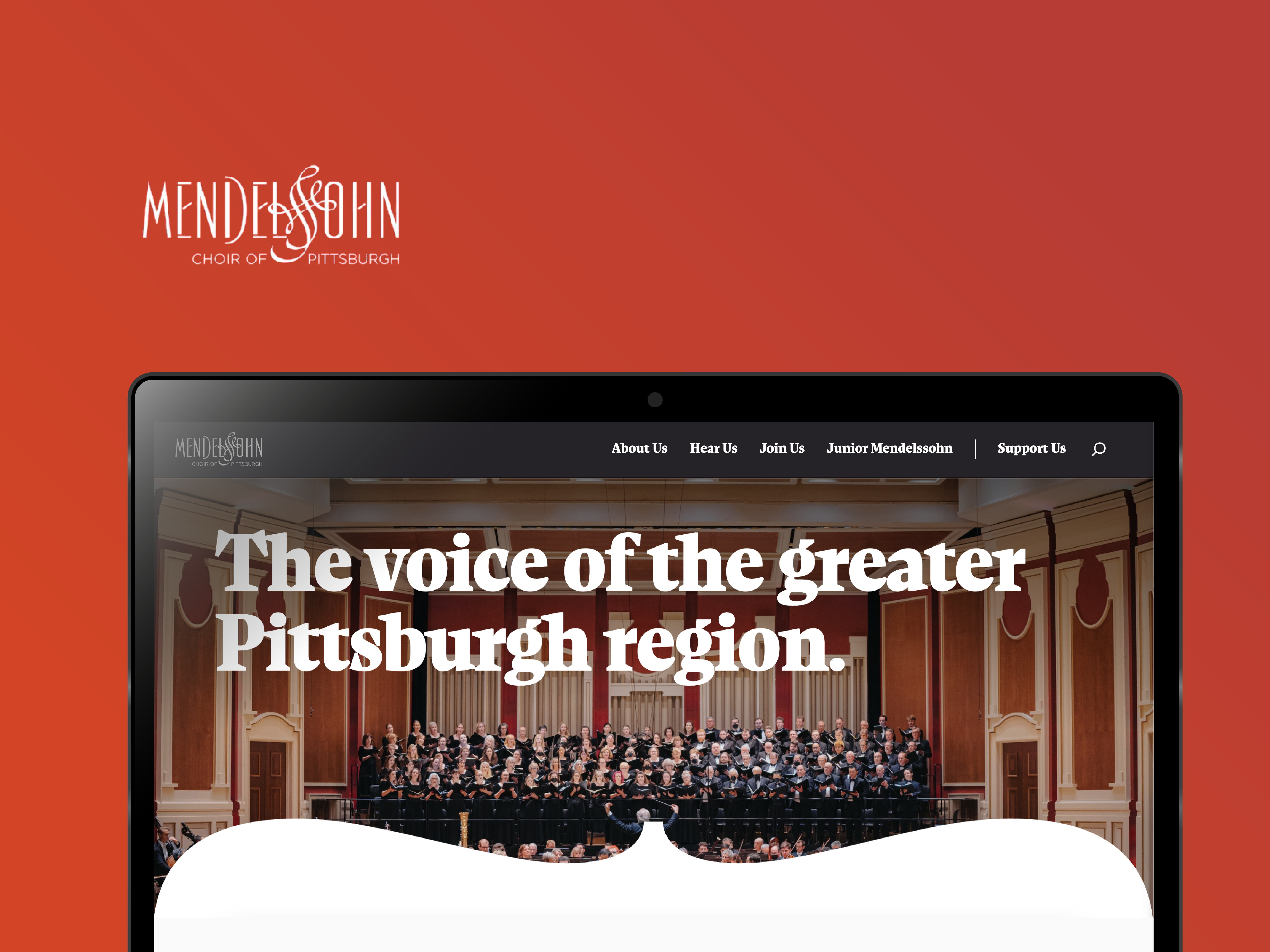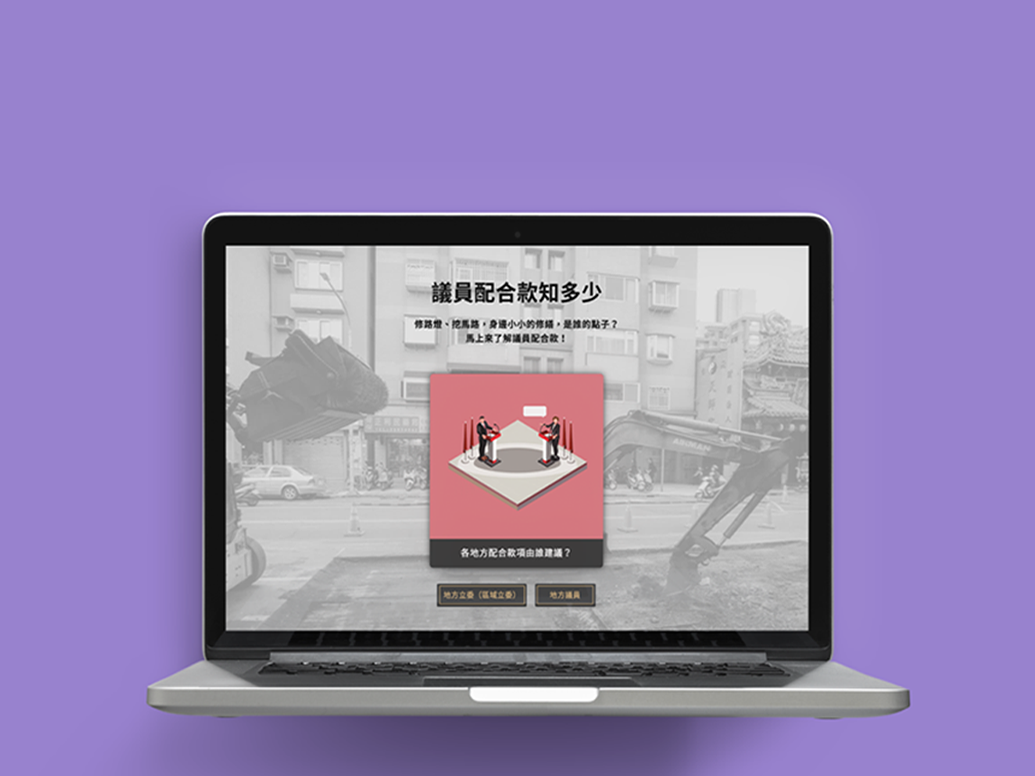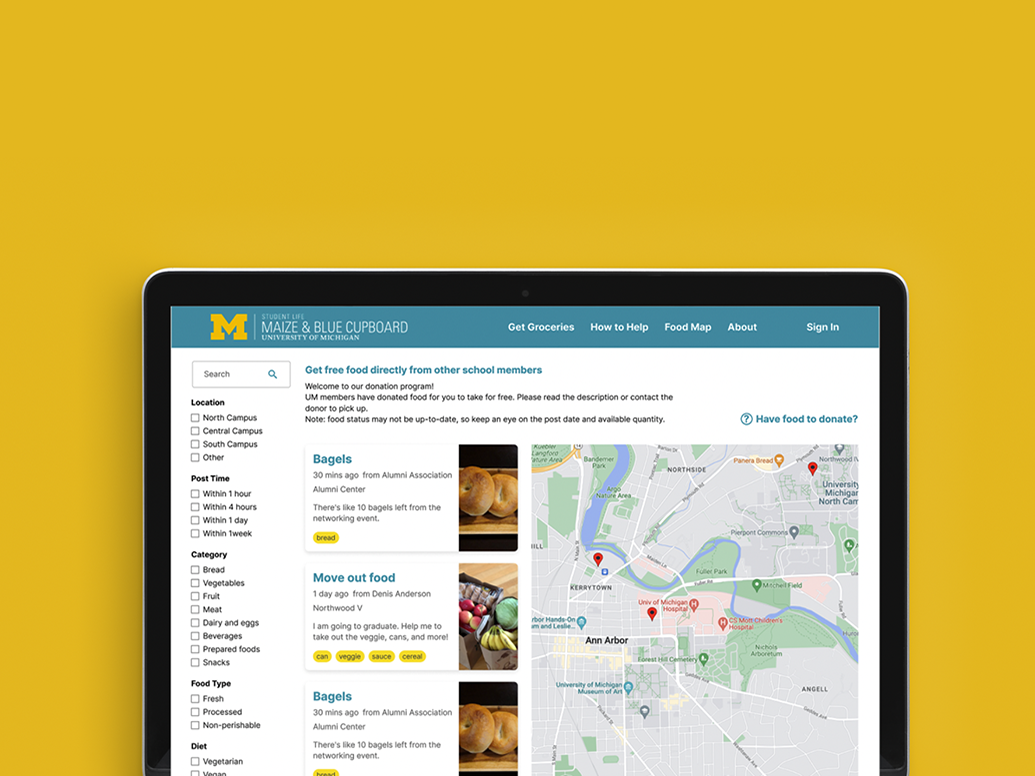Dispose of Fats, Oils, and Grease (FOG) from commercial kitchens can cause overflows and property damage. A FOG management tool and a resolution program can reduce kitchen waste pollution in Lansing.
Role
UX Designer
UX Designer
Client
The City of Lansing Public Service Department
The City of Lansing Public Service Department
Type
Civic Design, UX Design Internship
Civic Design, UX Design Internship
Tags
Sustainability, Community, Management
Sustainability, Community, Management
01 Overview
We all love eating out. But Fats, Oils and Grease (FOG) from restaurants and food trucks can cause backups and overflows in city sewer pipelines, resulting in property damage and public health issues. The City of Lansing’s Public Service Department is looking to reduce the amount of fats, oils, and grease pollution in the city sewers sustainably and cut unnecessary costs and labor from the city.
Problem:
1. Users need to know best practices of FOG management in commercial kitchens
2. The city lacks a system to tackle FOG issues
Solution:
I designed a FOG management tool that can help restaurant owners:
1. Monitor kitchen FOG status
2. Maintenance log to keep track of grease trap cleaning
3. Calendar to plan and schedule future cleaning
1. Monitor kitchen FOG status
2. Maintenance log to keep track of grease trap cleaning
3. Calendar to plan and schedule future cleaning
Impact:
The prototype and research report became a framework for The City of Lansing's FOG resolution plan.
02 Approach
Discovering the users' needs
Research: comparative analysis, 10 stakeholder interviews, 5 user interviews, survey, affinity wall
Our main users were restaurant and food truck owners. A big challenge was that users were extremely busy and have relatively low interest in our research. Finding it hard to recruit users, I decided to directly go to restaurants, festivals, and farmers' markets in person, using short and informal conversations to learn more about our users and see them in their contextual working environment.
We met with stakeholders who worked on dealing with FOG issues. Being on the field to see trouble spots and the Waste Water Treatment Plant painted a better picture of how city staff dealt with FOG daily.
We also learned an important finding during this phase, that most of the fats, oils, and grease going in public drains were due to the lack of maintaining and updating grease traps in restaurants.
Cleaning up qualitative data from our research, some of our findings were:
• Many restaurant owners do not know the best FOG management practices, as city information is not easily accessible
• City ordinances don’t specify how grease traps should be maintained, making it difficult to hold “bad actors” accountable
• Lack of public recycling or grease disposal points in the city
The Question:
How might we make FOG management easier for restaurant owners?
How might we make FOG management easier for restaurant owners?
Current status: There's a lack of interaction between local governments and restaurants
In addition to the data we have gathered, I wanted to look into possible opportunities for the City to work with restaurant owners. I worked with city staff to map out the journey of opening and operating a food establishment, marking touchpoints between food establishments and the city.
Finding that restaurant owners interact with the city government mostly in the early stages of their business. Unless a backup issue happens on public property, food establishments operate and deal with FOG discharge without additional support or supervision. Restaurants are on their own in inspecting and maintaining their grease traps.
From our interview with the City's Plumbing Inspector, we learned that due to budgets and staffing shortages, annual inspections or more touchpoints for restaurants with public sectors were close to impossible.
Finding that restaurant owners interact with the city government mostly in the early stages of their business. Unless a backup issue happens on public property, food establishments operate and deal with FOG discharge without additional support or supervision. Restaurants are on their own in inspecting and maintaining their grease traps.
From our interview with the City's Plumbing Inspector, we learned that due to budgets and staffing shortages, annual inspections or more touchpoints for restaurants with public sectors were close to impossible.
Solution 1: Management tool for commercial kitchen
Conceptual and design: Personas, Storyboard/scenario, design concepts
Prototype: Information Architecture, User Flow, Wireframes
Prototype: Information Architecture, User Flow, Wireframes
Storyboard
We learned From our findings that business owners are not confident in knowing the best FOG management practices. City staff has also mentioned that many businesses do not keep a maintenance log, making it more difficult to do inspections. I designed a management tool to provide a centralized hub for restaurant owners to monitor their kitchen grease traps' cleaning situation.
Information Architecture
Key function 1: Dashboard to monitor kitchen grease status
A dashboard is used to monitor kitchen grease status. Different statuses are based on information on cleaning grease traps, keeping logs and scheduling future cleanings. The dashboard also showcases grease trap details, and results of grease trap cleaning for monitoring purposes.
Key function 2: Maintenance log
Users can keep track of how much grease they clean by using the Maintenance log. Besides providing a space for keeping track of cleaning, the log can also be exported as an evidence of maintenance when there is an inspection.
Key function 3: calendar and scheduling
Users can schedule a future cleaning with grease haulers, and add the event to the cleaning calendar. Users can also request to reschedule the cleaning event via text messaging.
Solution 2: FOG resolution program for citizen interaction design
To tackle the problem from an information perspective, we put together a FOG resolution program, which included four main aspects:
1. Ordinances, and how might they be more specific
2. FOG recycling, providing recycling options and information to the public
3. Public outreach, educating the public on FOG issues
4. Information access, website representation, and tools for people to use
03 Results and takeaways
Impacts:
• Built ground for the establishment of FOG program
• Demonstrate how designs based on research lead to possible, innovative solutions (Think out of the “greasetrap”!)
• Strike conversations on how UX can work in local governments
• Create new opportunities by bridging the City with different resources
Personal Takeaways:
The project was both challenging and rewarding. I witnessed the team's impressive progress and grew professionally. As a UX designer in an unfamiliar workplace, I gained valuable experience, including insights into my strengths and weaknesses in teamwork and project management. This exceptional experience gave me the confidence to understand how UX can make a difference in solving real-world problems and impacting our community.




